IGTOA Calls to Limit Galápagos Land Tourism
By Anne Kalosh
Often cruise ships get a bad rap for contributing to overtourism. The Galápagos are a case where small ships, their numbers capped, are a model for regulated travel to a sensitive area, and it’s land tourism that’s causing potentially serious problems.
The International Galápagos Tour Operators Association (IGTOA) is calling on Ecuador to limit land-based tourism growth in the protected archipelago following a concerning UNESCO report.
Sounding the Alarm — For Decades
IGTOA asked the government to make good on its 2017 commitment to adopt a zero-growth Galápagos tourism strategy and to regulate land-based tourism as carefully as it does ship-based tourism.
IGTOA, a 501c3 nonprofit founded in 1997, consists of travel companies and conservation organizations including Galápagos Network, Classic Journeys, AdventureSmith Explorations, Journeys International and Holbrook Travel, to name a few. Together with UNESCO, the group has been sounding the alarm over Galápagos tourism growth and its potentially disastrous consequences for more than two decades.
In 2007, UNESCO took the extraordinary step of adding the Galápagos islands to its List of World Heritage in Danger, citing uncontrolled tourism development as a factor.
Although the islands were removed from the list in 2010, tourism growth has since continued unabated.
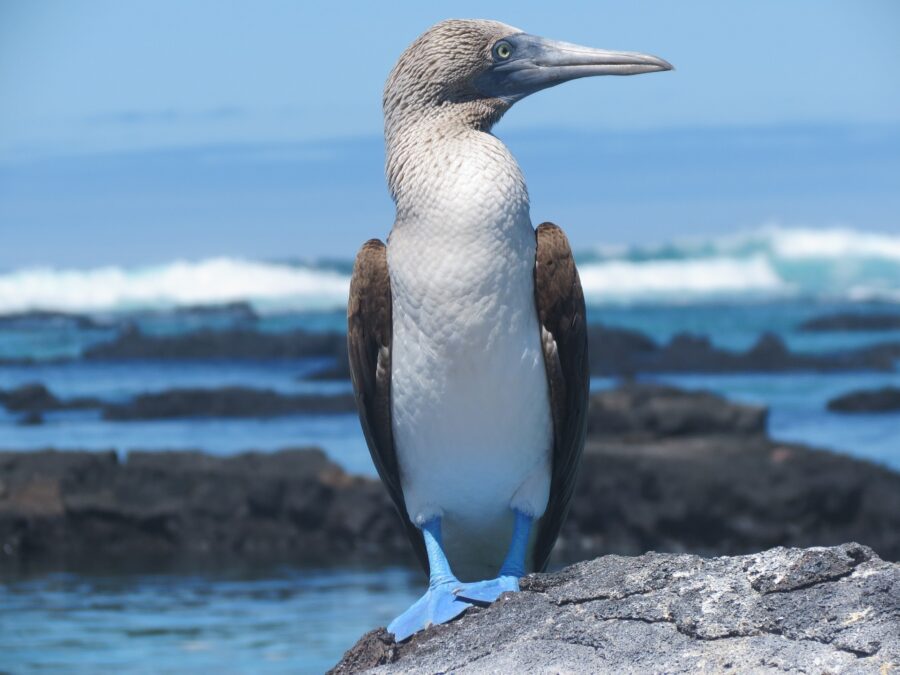
Blue-footed boobies are perhaps the most famous of the Galápagos birds. * Photo: Peter Stuart Mill for Pixabay
Subscribe to our monthly small ship cruise email
Subscribe to QuirkyCruise.com for monthly curated newsletters highlighting our top small cruise ship reviews, round-ups & offers!
Million Visitors By 2041?
Statistics from Ecuador’s Ministry of Tourism show tourist arrivals have increased sharply since then, from just over 170,000 in 2010 to more than 270,000 in 2019, nearly a 60 percent spike.
In April, a Ministry of Tourism news release celebrated the arrival of a record 32,509 visitors in March, a 24 percent increase over March 2019, and announced a new flight from Manta on the mainland, which will only fuel continued tourism growth.
If the current rates go on unabated, IGTOA warned the Galápagos will see 1 million annual visitors by 2041.
Anyone who’s been so fortunate to visit this precious place should be shocked by such a forecast. I am.
Ship-based Tourism Capped in 1998
The UNESCO report notes that in 1998 Ecuador capped the total capacity of the Galápagos passenger fleet. This put a de facto limit on the number of ship-based tourists to the islands annually.
That means 100 percent of the arrivals growth since then is due to land-based tourism, facilitated in part by a huge increase in the number of hotels and overnight rentals.
According to IGOTA board President Jim Lutz of Vaya Adventures, the issue isn’t that ship-based tourism is necessarily better than land-based tourism.

Ship-based tourism in the Galápagos has been capped since 1998 and is considered a model for the rest of the world. * Photo: Silversea Cruises
Ship-based Tourism as a Model
Lutz noted many of the group’s members sell land-based tours but said land tourism “needs to be as well-regulated and well-managed as the ship-based sector of the industry is. For many years, Ecuador’s management of ship-based tourism in the Galápagos has served as a model for the rest of the world for how tourism and nature can successfully coexist.
“We believe a similar approach needs to be adopted with respect to land-based tourism. It is simply not sustainable to have never-ending tourism growth of any kind in a place like the Galápagos.”
Dire Consequences
Marcy Patry of CNH Tours, an IGTOA board member who has worked for the Charles Darwin Research Station and UNESCO, worries the consequences could be dire if land-based tourism growth isn’t effectively addressed soon.
“The Galápagos Islands are among the world’s most ecologically pristine and intact natural environments,” she said. “They are home to many species found nowhere else on Earth and they are incredibly fragile. Well managed tourism can continue to play an important role in the ongoing protection of the islands. But it’s a double-edged sword. Uncontrolled growth and no plan to deal with it is a potential recipe for disaster.”
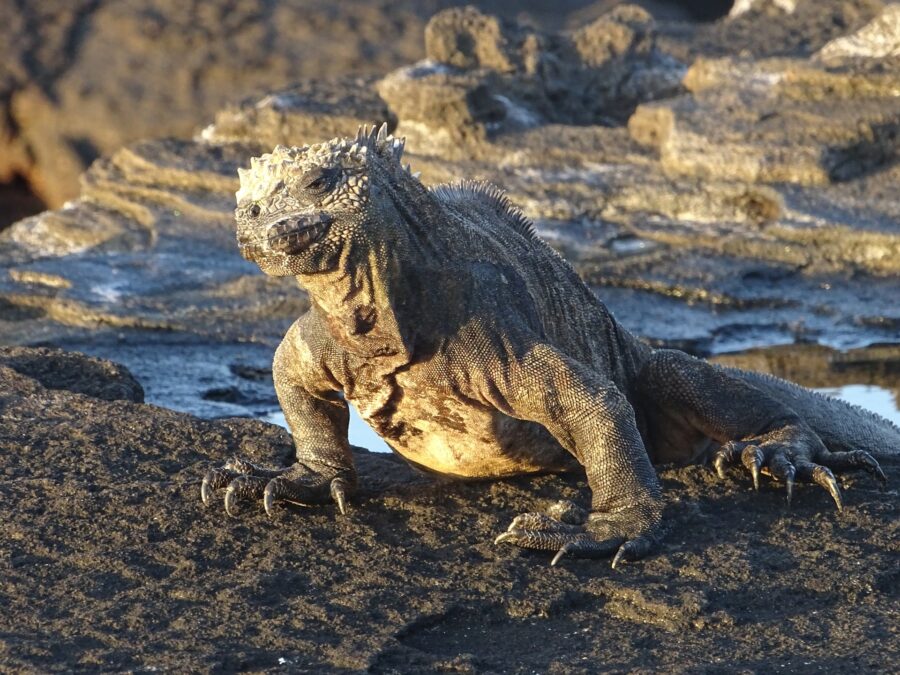
Marine iguanas are endemic to the Galápagos Islands. * Photo: Chogeman for Pixabay
Invasive Species
A chief concern of uncontrolled growth is the potential for invasive species to arrive as cargo shipments and passenger flights increase. IGTOA said highly invasive wild blackberry, for example, has led to the loss of 99 percent of endemic Scalesia forests on the two largest islands, Isabela and Santa Cruz.
Land-based tourism growth drives more shipments of cargo, more infrastructure, more roads and more pressure for continued growth, something that will only become harder to stop the longer it continues.
Suggested Actions
To curb this development frenzy, IGTOA has suggested increasing the visitor fees substantially, to make them more in line with other premier international nature destinations such as the Serengeti, and putting a cap on the total number of hotels or the total number of land-based visitors.
There is a limit on the number of berths for vessels in the Galápagos, and it creates an absolute ceiling on the number of ship-based visitors. A similar approach could be adopted for hotels and land-based tourism, IGTOA said, and this would help protect the Galápagos from the immense pressure for continuous growth that has plagued so many other destinations worldwide.

Uncontrolled growth can have serious consequences for a delicate ecosystem like the Galápagos, Here, a great frigate bird. * Photo: Apouf at Pixabay
Don’t miss a post about small-ship cruising, subscribe to QuirkyCruise.com for monthly updates & special offers!
© This article is protected by copyright, no part may be reproduced by any process without written permission from the author. All Rights Reserved. QuirkyCruise.com.

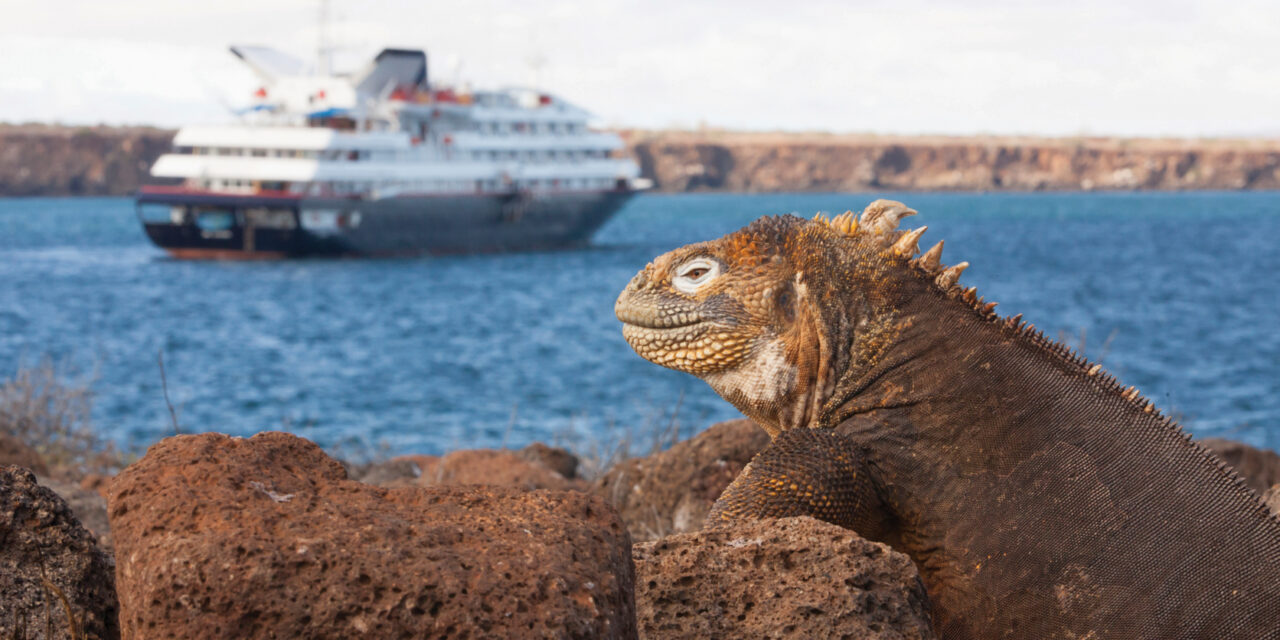
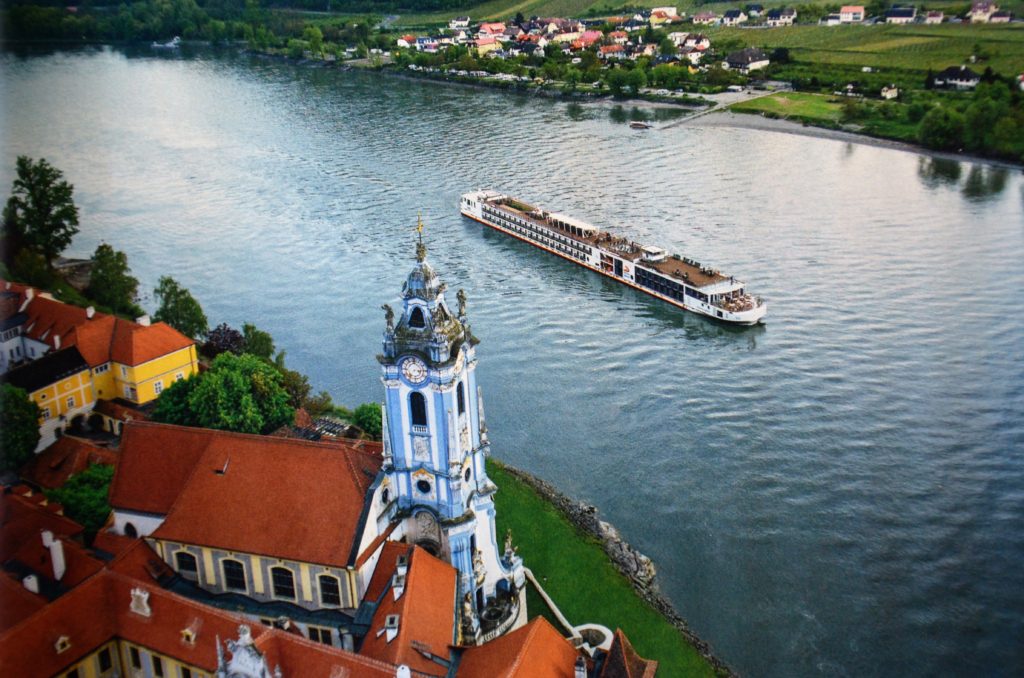
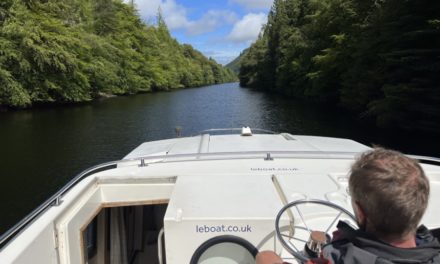

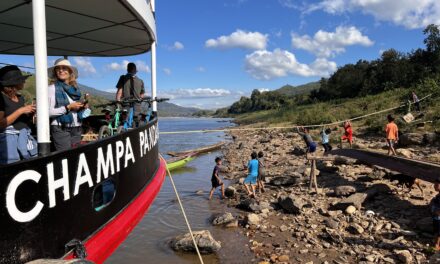








 HEIDI SARNA
HEIDI SARNA











